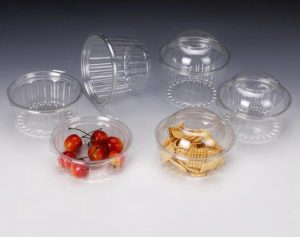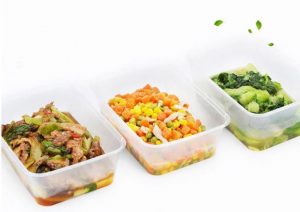The art of sustainable food packaging involves designing and implementing packaging solutions that minimize environmental impact while preserving the quality and safety of the packaged food. Sustainable food packaging aims to reduce waste, energy consumption, and resource usage throughout the packaging lifecycle.
Here are some key principles and strategies that contribute to the art of sustainable food packaging:
- Material Selection: Choosing eco-friendly and renewable materials is crucial. Some sustainable options include biodegradable plastics, compostable materials, recycled paper, and plant-based packaging like cornstarch-based plastics.
- Minimalism: Using minimalist designs can help reduce the amount of material used in packaging. This includes right-sizing packaging to fit the product, eliminating unnecessary layers, and reducing the overall volume of packaging materials.
- Biodegradability and Compostability: Packaging that can biodegrade or be composted reduces the burden on landfills and the environment. These materials break down naturally, returning to the earth without causing harm.
- Recyclability: Packaging that is easily recyclable helps divert waste from landfills and conserves resources. Clear labeling on how to recycle the packaging is essential for consumers to dispose of it correctly.
- Reusable Packaging: Encouraging the use of reusable containers or offering refill stations can significantly reduce waste generation.
- Eco-Friendly Printing: Using water-based or vegetable-based inks and eco-friendly printing methods helps minimize the environmental impact of labeling and branding.
- Lightweight Packaging: Lightweight materials use fewer resources in production and transportation and result in lower carbon emissions.
- Biobased Plastics: Utilizing biobased plastics made from renewable resources instead of petroleum-based plastics can reduce the carbon footprint.
- Waste Reduction: Adopting smart packaging designs that optimize shelf life and reduce food waste can also contribute to sustainability.
- Life Cycle Assessment (LCA): Conducting a life cycle assessment of packaging materials helps understand the environmental impact from extraction, production, transportation, use, and disposal, enabling better decision-making.
- Circular Economy: Designing packaging with the principles of the circular economy in mind allows for materials to be continuously reused or recycled, reducing waste.
- Eco-Friendly Sealants and Adhesives: Using environmentally friendly sealants and adhesives in packaging ensures that the entire package can be easily recycled or composted.
- Education and Communication: Transparently communicating the sustainable features of the packaging to consumers can raise awareness and foster responsible disposal practices.
The art of sustainable food packaging involves a holistic approach that considers not only the immediate environmental impact but also the long-term implications of each packaging choice. By adopting these principles, the food industry can contribute to a greener and more sustainable future.








